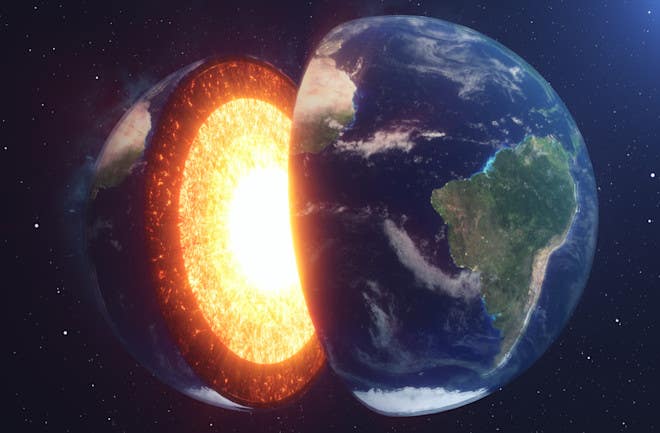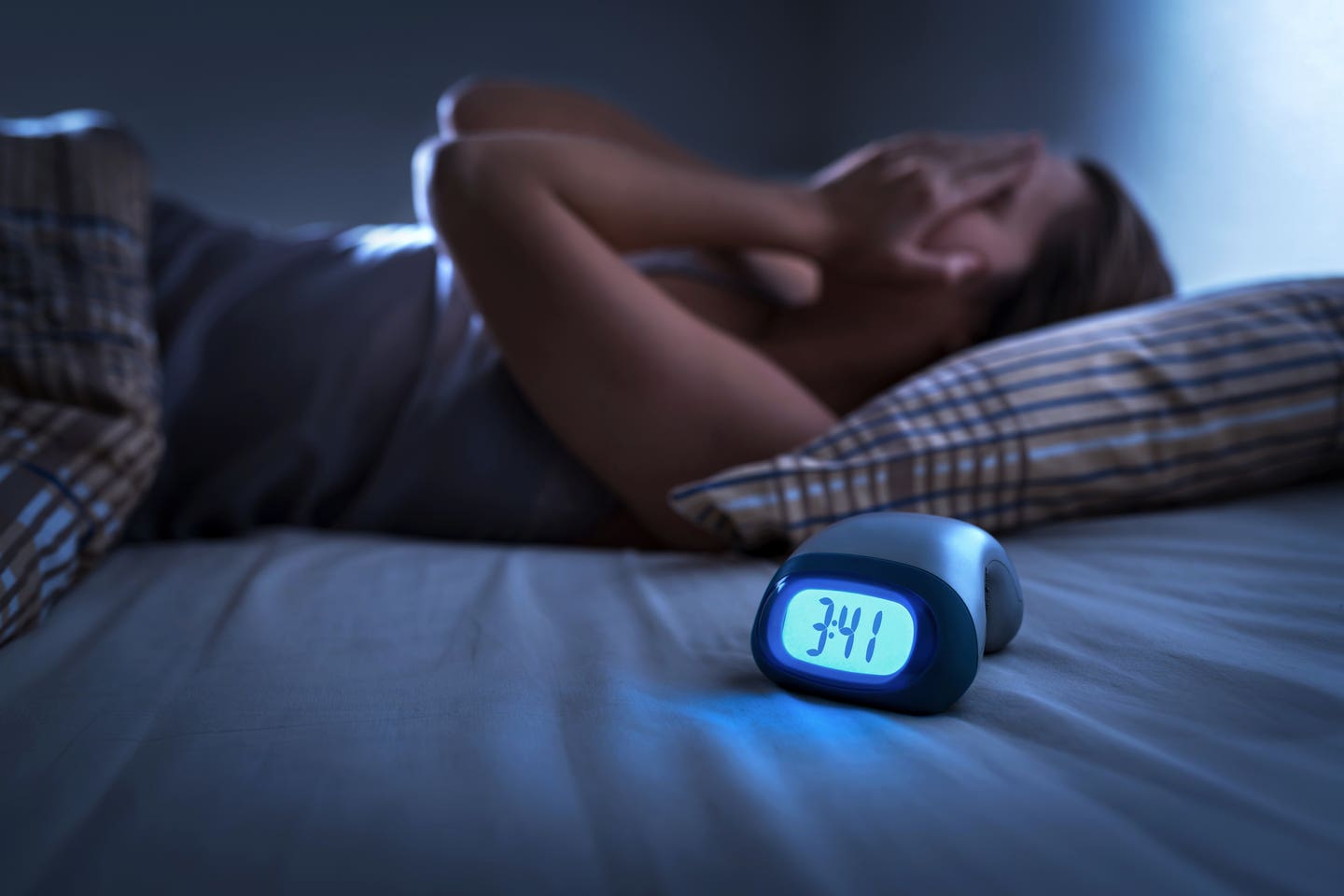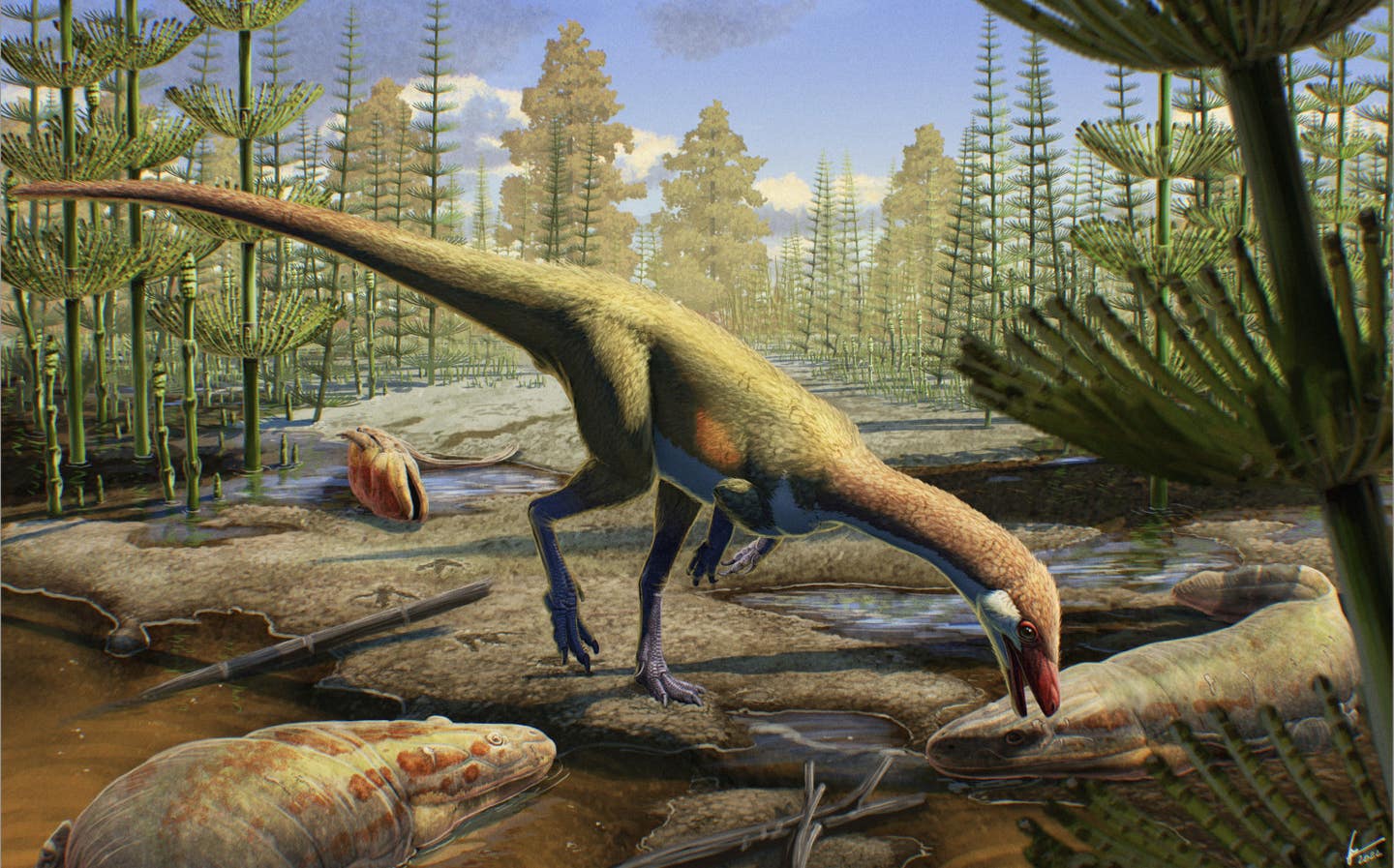New mechanical pump regenerates heart muscle at 6x the normal rate
New study shows heart muscle can regrow with mechanical support, offering hope to patients with heart failure.

Heart muscle cells may regrow in some patients using a mechanical pump, offering new hope for treating heart failure. (CREDIT: THe Heart and Vascular Centre)
When heart muscle gets damaged, the result is often permanent. Unlike other muscles in the body, the heart has long been believed to lack the ability to heal itself. But recent research suggests that under the right conditions, even adult heart muscle cells, called cardiomyocytes, can regenerate. This discovery could open up new ways to treat and possibly even cure heart failure in the future.
A Glimmer of Regrowth in the Failing Heart
The heart beats over 100,000 times each day without stopping, which places a huge demand on its cells. In healthy adults, cardiomyocytes regenerate at a very slow rate—only about 0.5% each year. For people with heart failure, the situation is even worse. Their heart cells barely regenerate at all, which contributes to the steady decline in heart function.
To better understand whether the heart’s tiny regenerative ability can be improved, a group of researchers studied tissue from 52 patients with severe heart failure. Out of these patients, 28 had received a device called a left ventricular assist device, or LVAD. This mechanical pump supports the heart by helping it move blood through the body. It also gives the heart a chance to rest.
The scientists measured cell renewal using an unusual tool: radioactive carbon. Specifically, they looked for carbon-14 in the DNA of the heart cells. Carbon-14 was released into the atmosphere during nuclear bomb tests in the 1950s and 60s and later absorbed by living organisms. By tracing this carbon in the heart tissues, researchers could tell whether the cells were newly formed.
What they found surprised them.
In patients with untreated heart failure, cardiomyocyte renewal rates were 18 to 50 times lower than in healthy individuals. In other words, their hearts were hardly making any new muscle cells. But among those who had received the LVAD, a small group showed a stunning change. Their hearts regenerated new muscle cells at over six times the normal rate.
A Mechanical Heart Offering a Biological Break
This six-fold increase in regeneration only occurred in patients whose hearts improved in both structure and function. These individuals are known as "responders." Their hearts not only got stronger—they actually grew new tissue. The mechanical pump seemed to act like a cast for a broken bone or rest for a torn muscle.
“The pump pushes blood into the aorta, bypassing the heart,” said Dr. Hesham Sadek, who led the study. “The heart is essentially resting.”
Related Stories
Sadek is the director of the University of Arizona's Sarver Heart Center and a leader in cardiology research. He has long been interested in how heart muscle might regenerate. His earlier work in 2011 showed that heart cells divide actively before birth but stop soon after. That’s because the heart must immediately start working full-time once a baby is born. Since then, he’s been searching for ways to unlock that lost ability.
In 2014, Sadek saw hints that heart muscle cells in patients with LVADs might be dividing. But there was no solid proof until now.
“This is the strongest evidence we have, so far, that human heart muscle cells can actually regenerate,” he said. “It also strongly supports the hypothesis that the inability of the heart muscle to ‘rest’ is a major driver of the heart’s lost ability to regenerate shortly after birth.”
New Hope from Old Technology
Heart failure is a major health crisis. Nearly 7 million adults in the U.S. live with it. The Centers for Disease Control and Prevention reports that it accounts for 14% of deaths each year. There is no known cure. Current treatments aim only to slow the progression.
For people with advanced heart failure, one of the last remaining options—besides a transplant—is getting an LVAD. These devices have been used for years, mostly as a bridge until a donor heart becomes available. But this study suggests that LVADs might offer more than just support. They could help patients grow new heart muscle and even recover.
Jonas Frisén and Olaf Bergmann, researchers at the Karolinska Institute in Sweden, led the carbon-14 dating part of the study. They worked alongside Sadek’s team and with experts in Utah, where Dr. Stavros Drakos has been a pioneer in LVAD-based recovery. Together, they created a global research team focused on one question: Can human heart muscle regenerate?
Their findings suggest that yes, it can—if given the right conditions.
Skeletal muscle, like that in your leg or arm, can heal after injury. Rest is key to that recovery. The idea here is that the heart, too, may have a hidden power to heal—if it can rest. The LVAD, in this case, acts like enforced bedrest for the heart, helping it recover.
Not All Hearts Are Alike
One important puzzle remains. Only about one in four patients with an LVAD showed this ability to regrow heart muscle. These “responders” had strong improvements, but the others didn’t. Sadek and his team want to understand why.
“It’s not clear why some patients respond and some don’t, but it’s very clear that the ones who respond have the ability to regenerate heart muscle,” Sadek said. “The exciting part now is to determine how we can make everyone a responder, because if you can, you can essentially cure heart failure.”
That’s a bold goal, but this study brings scientists one step closer. It’s not just about finding new drugs or creating artificial hearts. It’s about activating the heart’s natural healing powers that have been silent since birth.
The research team is now working to uncover the biological signals that allow regeneration. If they can trigger those signals in every patient, then LVADs might not just support a failing heart—they might help it recover completely.
And unlike many experimental therapies, these devices are already in use today. Doctors have been implanting LVADs for years, with well-known safety records. That means this new strategy doesn’t require inventing something new—it just asks scientists to use current tools in a smarter way.
A Future Beyond Transplants
For decades, the only real cure for advanced heart failure has been a transplant. But donor hearts are limited. Many patients die waiting. Others live with pumps for the rest of their lives.
If researchers can find a way to help all LVAD patients regenerate heart muscle, the dream of curing heart failure might become a reality. The key may lie not in replacing the heart, but in helping it rebuild itself.
Sadek and his team remain hopeful. “Irrefutable evidence of heart muscle regeneration has never been shown before in humans,” he said. “This study provided direct evidence.”
With continued research and collaboration, more patients may soon have a chance to heal in ways that were never thought possible.
Note: The article above provided above by The Brighter Side of News.
Like these kind of feel good stories? Get The Brighter Side of News' newsletter.
Mac Oliveau
Science & Technology Writer | AI and Robotics Reporter
Mac Oliveau is a Los Angeles–based science and technology journalist for The Brighter Side of News, an online publication focused on uplifting, transformative stories from around the globe. Passionate about spotlighting groundbreaking discoveries and innovations, Mac covers a broad spectrum of topics—from medical breakthroughs and artificial intelligence to green tech and archeology. With a talent for making complex science clear and compelling, they connect readers to the advancements shaping a brighter, more hopeful future.



